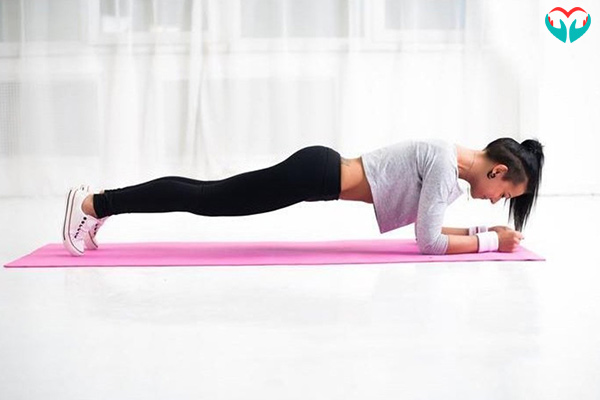Working out
If you’re in pain, there's a temptation to skip exercising. But exercise can often help reduce pain and improve your quality of life.
That doesn’t mean it’s easy. The good news is that you don’t have to run a marathon to get back to the business of life.
“Everybody can do something,” says Perry Fine, MD, a board member at the American Pain Foundation. Exercise "does actually allow people not only to reduce their perception of pain but to overcome limited functioning.”
Just remember to pace yourself and consult a physical therapist for advice. Here are 10 types of exercise that can help get you moving.
Walking
This is a low-impact activity that's a good choice if you have the physical capability.
The benefit is that you can exercise almost anywhere: The mall, the local school track, or a parking lot.
“It has appeal. It’s easy to do,” Dr. Fine says. “It’s an option you can do during all four seasons no matter where you live, and there are very few conditions where walking is not feasible.”
Swimming
“Swimming is great for people who have osteoarthritis, who have musculoskeletal issues or any joint disease where any kind of impact may exacerbate an underlying problem,” says Dr. Fine, a professor of anesthesiology at the University of Utah School of Medicine, in Salt Lake City.
The reason: Swimming (and other forms of water exercise) defies gravity, so there aren’t any unpleasant and potentially damaging jolts to the joints.
Yoga
The breathing component of yoga might be just as helpful to ease chronic pain as the movement and stretching.
But Steven Calvino, MD, an assistant professor of anesthesiology and rehabilitation medicine at NYU Langone Medical Center, in New York City, recommends against doing certain poses.
“Yoga can involve very extreme ranges of motion involving the spine and other joints so there is a risk of injury,” he says. “You want to do whatever is a comfortable range of motion within your abilities. Don’t push it unless you’re in very good condition.”
Still, Dr. Fine notes, “even someone who is bedridden could simply start with certain breathing exercises and focusing on different body parts, integrating this into either active or passive movements (such as contracting a muscle).”
Pilates
This increasingly popular exercise regimen, developed by Joseph Pilates in the early days of the last century, helps with core strength building for “a society that’s extraordinarily burdened by low back pain,” Dr. Fine says.
In addition to people with back pain, people with fibromyalgia may benefit from this fitness system.
A 2009 study in the Archives of Physical Medicine and Rehabilitation found that Pilates improved pain more than a relaxation/stretching regimen. But Pilates generally requires some instruction, so look for an experienced teacher.
Simple stretching
You can do this activity in the bedroom or while waiting in line. “Stretching and getting all your body parts moving in a full range of motion and working just a little bit against gravity is helpful,” says Dr. Fine. There are a million different stretching programs to choose from. The University of California, Los Angeles, for instance, diagrams stretching exercises for people who spend too much time sitting.
Light-weight and strength training
Weight training is particularly helpful for people suffering from arthritis.
The “exercises strengthen the joints around the injury and that takes some of the stress off the joint when you’re using it,” Sluka says.
Weights that are from an ounce to 5 to 10 pounds will help. However, it’s important to pace yourself when doing these exercises. Start with a can of soup, if you’ve been inactive for a long time, or try doing sit-ups or push-ups around the house.
Golfing
This activity will give you some of the benefits of walking (if you don’t use a cart), but it is “probably one of the worst sports for your low back because of the torques involved,” says Dr. Calvino.
“When you’re making the golf swing, the (strain) is enormous, especially on the lower back.”
Golfing should be combined with strengthening and stretching activities. Same with tennis. “You don’t play tennis to get into shape. You should be in shape before stepping onto the court,” he says.
Aerobic activity
In general, aerobic activities (which can include using the treadmill or riding on a stationary bike) are particularly good for people with fibromyalgia.
A meta-analysis published in the Journal of Rheumatology in 2008 found that strength-only training helped with symptoms, but that aerobic activity helped alleviate symptoms as well as improved physical function.
And besides helping your heart, says Kathleen Sluka, PhD, a professor of physical therapy and rehabilitation science at the University of Iowa, in Iowa City, “the aerobics activates your endogenous opioid mechanisms…to reduce pain.”

 Contact Us
Contact Us
 Sign In
Sign In Patient Sign Up
Patient Sign Up



 Hospitals
Hospitals
 Diagnostic
Diagnostic
 Pharmacy
Pharmacy
 Health Tips
Health Tips
 Blog
Blog

















